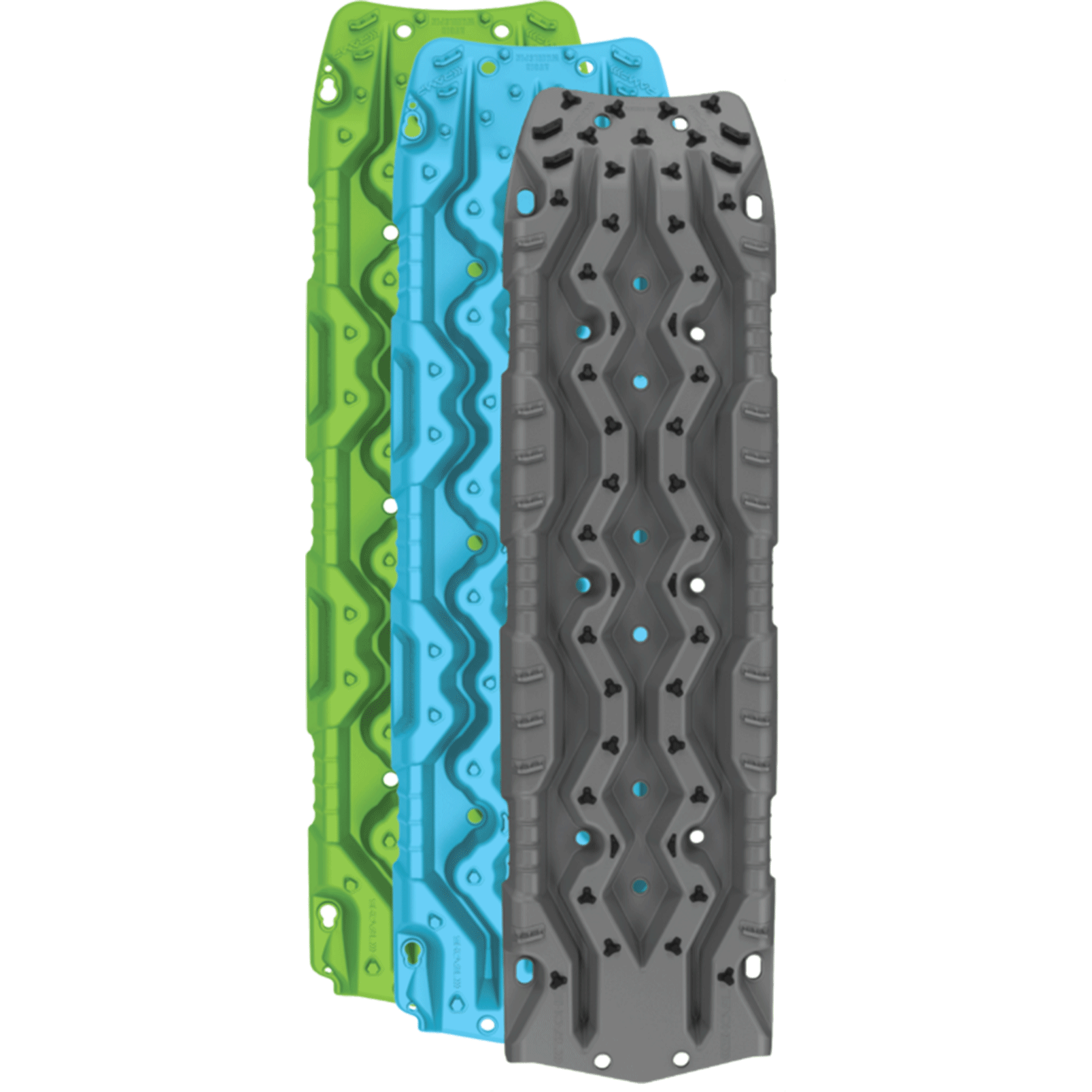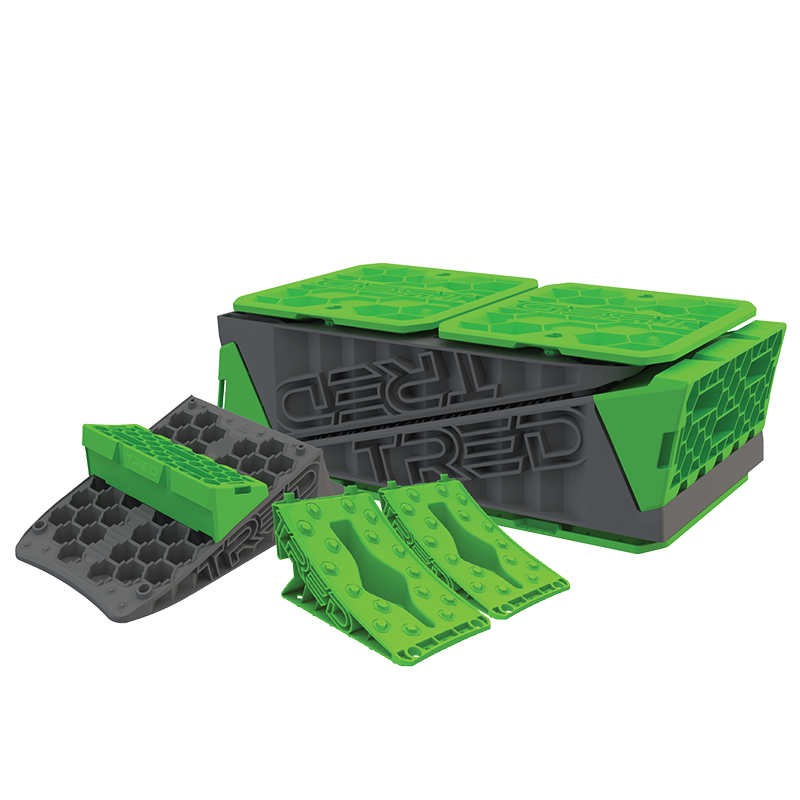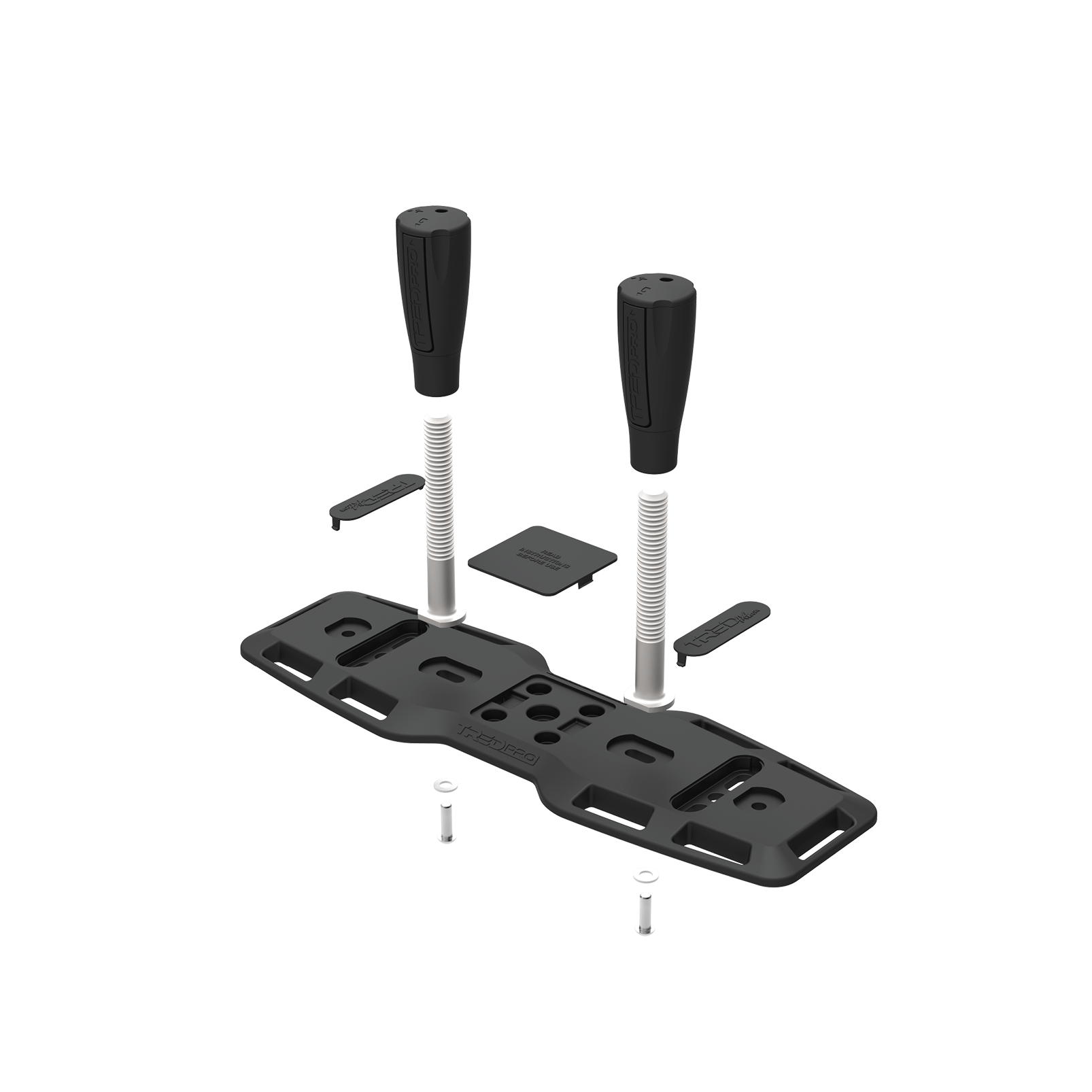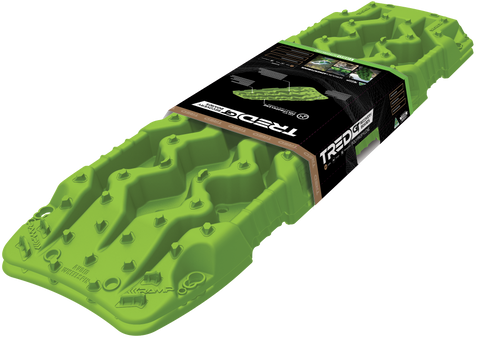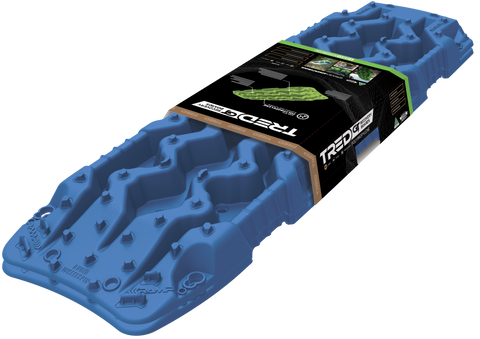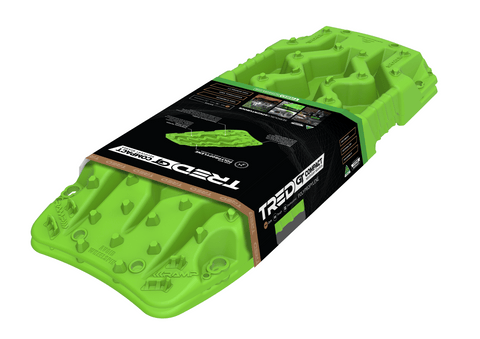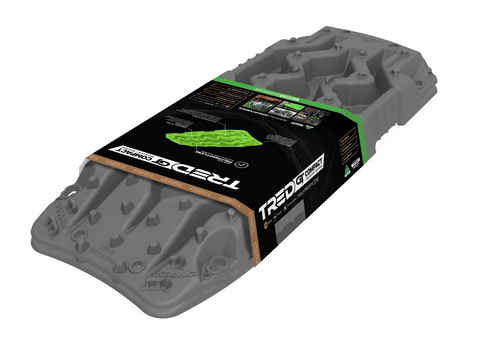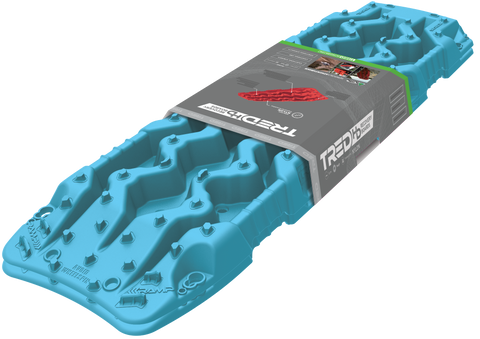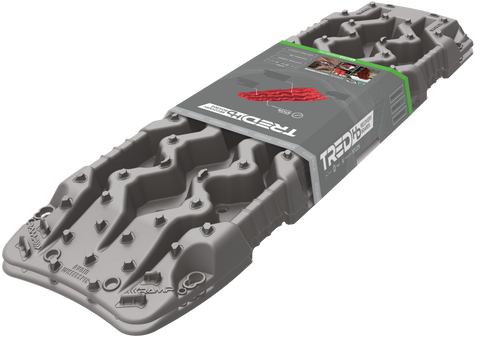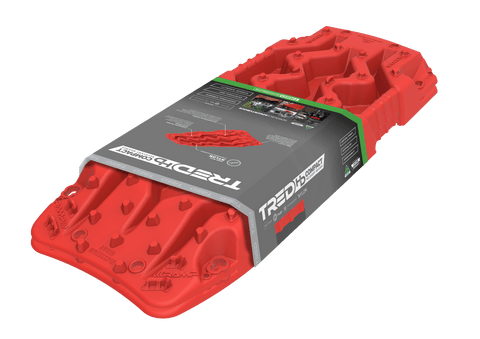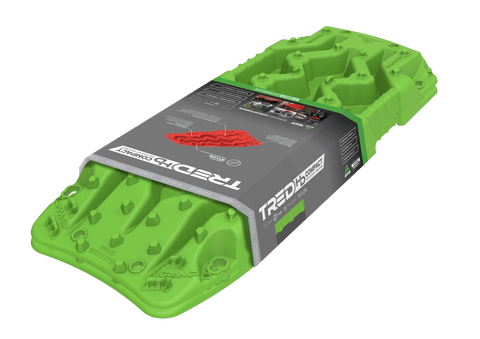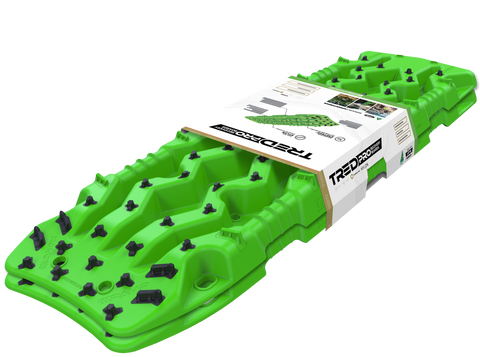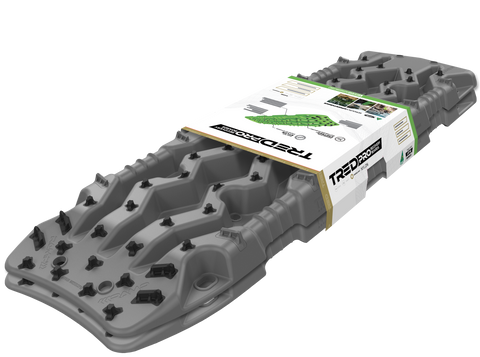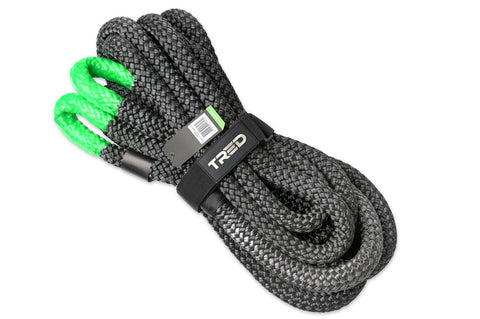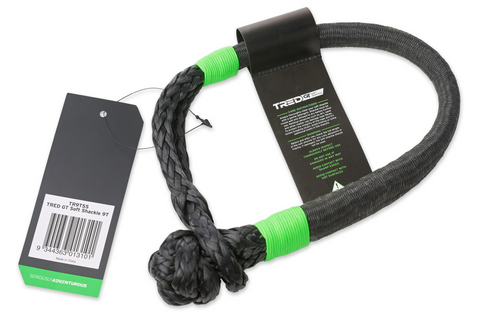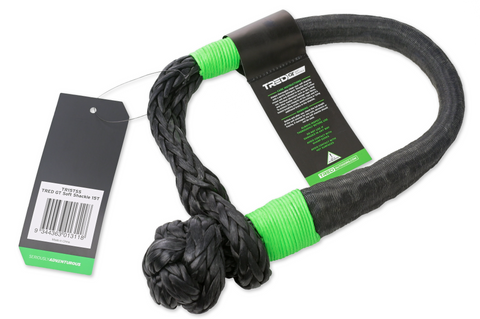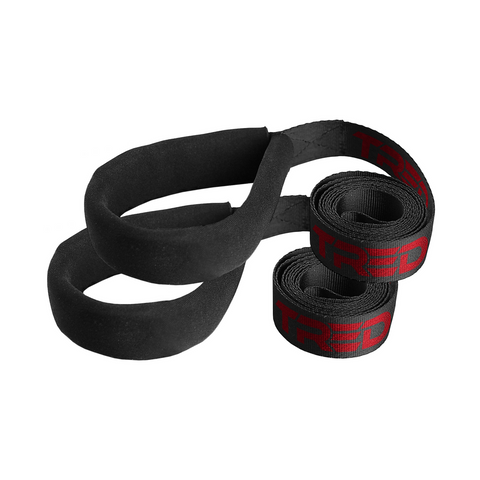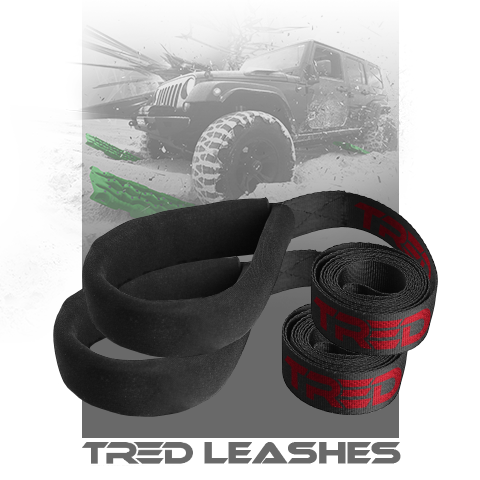How to use a tire deflator correctly
Letting some air out of your tires before you start adventuring is 4x4ing 101. Failing to do so is one sure-fire way of getting bogged and you may even find yourself in a dangerous position.
But – we've seen enough bogged adventurers to know that not everybody is letting their air down correctly, if at all.
Some people may not be deflating correctly, didn’t know how to deflate or didn’t know they needed to let air out in the first place. If any of this sounds like you, you’ve come to the right place.

Why deflate your tires?
By letting the air out of your tires, you increase the surface area of the tire and, as a result, increase traction. The common misconception is that your tire’s surface area expands outwards, but it actually expands lengthways, creating a longer tire print, not wider.
Correctly letting the air out of your tires will help ensure your trip runs smoothly. This means more time actually exploring, and less time recovering.
The best part of it all? A tire deflator is a relatively inexpensive tool that makes rapidly deflating your tires easy.
A reduced tire will also help the tire roll over the terrain, conform to the surface (for example, a rock or exposed tree root) and provide more terrain absorption, making for a smoother ride when off-road.
How to deflate your tires using a valve core fast-deflating style device

Step 1 – Consider the terrain
Your vehicle and the kind of terrain you’ll be exploring will determine the ideal psi for your tires.
Sandy terrain will require different pressure to rocky terrain, which in turn, requires different pressure to muddy terrain.
As a general rule, the softer the surface, the more air you should let out. Lower tire pressure allows you to get more grip while travelling slowly but could damage your tires if you accelerate too quickly - so spend a bit of time assessing the conditions.
We always recommend doing a bit of research ahead of time into the trails you’re thinking of exploring. In the days leading up to your adventure, jump online and see what other explorers have to say about the situation.
As a very general rule, consider the following:
- On-road - check the tire placard to find the recommended pressure for on-road driving. For most 4x4s, this will usually be between 30psi and 40psi.
- Gravel road - 26psi to 32psi is usually good for gravel roads. But, if the gravel road is in good condition and you’re travelling at the same speed as on tarmac, you may not need to lower your tires.
- Rocks - as low as 20psi to 22psi if you’re travelling at slow speeds in a low-range. Increase psi if conditions are good and your speed increases.
- Mud - depends on the mud. For mud with a firm base underneath, a higher pressure 24psi to 28psi will be fine, but mud that is super deep and gooey will need a lower pressure 18psi to 22psi.
- Sand - again, it depends on the consistency of the sand. For really soft and fine sand, you could even drop your pressure down to 16psi.
- Snow - for snow, we recommend dropping the psi by about one or two for every 5 degree temperature drop.
Again, the above is a very general guide and you should always take your own unique situation into account. The weight of your vehicle and amount of gear on board will also be a large factor to setting the right psi.
If you are uncertain, it is a great idea to speak with a local 4wd club or 4wd specialist shop; however, for newer adventurers, best practice is to complete a 4wd driver training course.
Step 2 – Screw deflator onto valve
Once you have established the ideal psi, the first step is to screw the deflator onto the tire’s valve.
While this is straightforward, it is important you line the threads up correctly and don’t over tighten, otherwise you may damage the valve.
Step 3 – Open the tire valve core
The tire valve core is the mechanism that prevents air from entering or escaping your tires, unless there is downward pressure.
When your deflator is screwed onto the valve, push the stem in until you feel it engage with the valve core. You may need to gently twist it until you feel the stem engage with the core. The stem has a U shaped prong that grips the outer flat surfaces of a value core. Once the core is engaged, begin to unwind the core anticlockwise to release it.
Tip: Hold your thumb gently but firmly against the stem as you unscrew it. This will keep the valve steady and prevent the deflator stem from pushing away from the core as air escapes from the valve core o-ring seal.
As you unwind, the tire valve core will be released and allow you to begin letting air out.
Step 4 – Let air out
The gauge on your tire deflator should now give a reading of the tire pressure. When you are ready to start deflating your tire, pull back the collar.
You should hear an abrupt rush of air escaping the tire. If you do not hear anything, or it sounds muffled, unwind the tire core further and try again.
Depending on your deflator, it may only display the psi once the collar is in.
Keep checking the gauge to make sure you are letting out the correct amount of air. Push the collar back down once you have reached your desired psi.
Step 5 – Remove the deflator
To stop letting air out once your desired PSI has been reached, simply do the opposite of the above process.
Remember to gently hold the stem with your thumb as you wind it back in to re-engage the valve core. Be careful with this as you do not want to cross thread the core.
Once the valve core is back in correctly, unwind and remove the deflator from your tire and put the valve cap back on.
Important tip: make sure you are certain the core is correctly fitted. If not, the core could shoot out and be lost once you remove the deflator. If the core is lost, your tire will completely deflate. Which leads us to one more tip - always carry spare value cores with you when traveling off-road.
And that’s it — adventure awaits!



